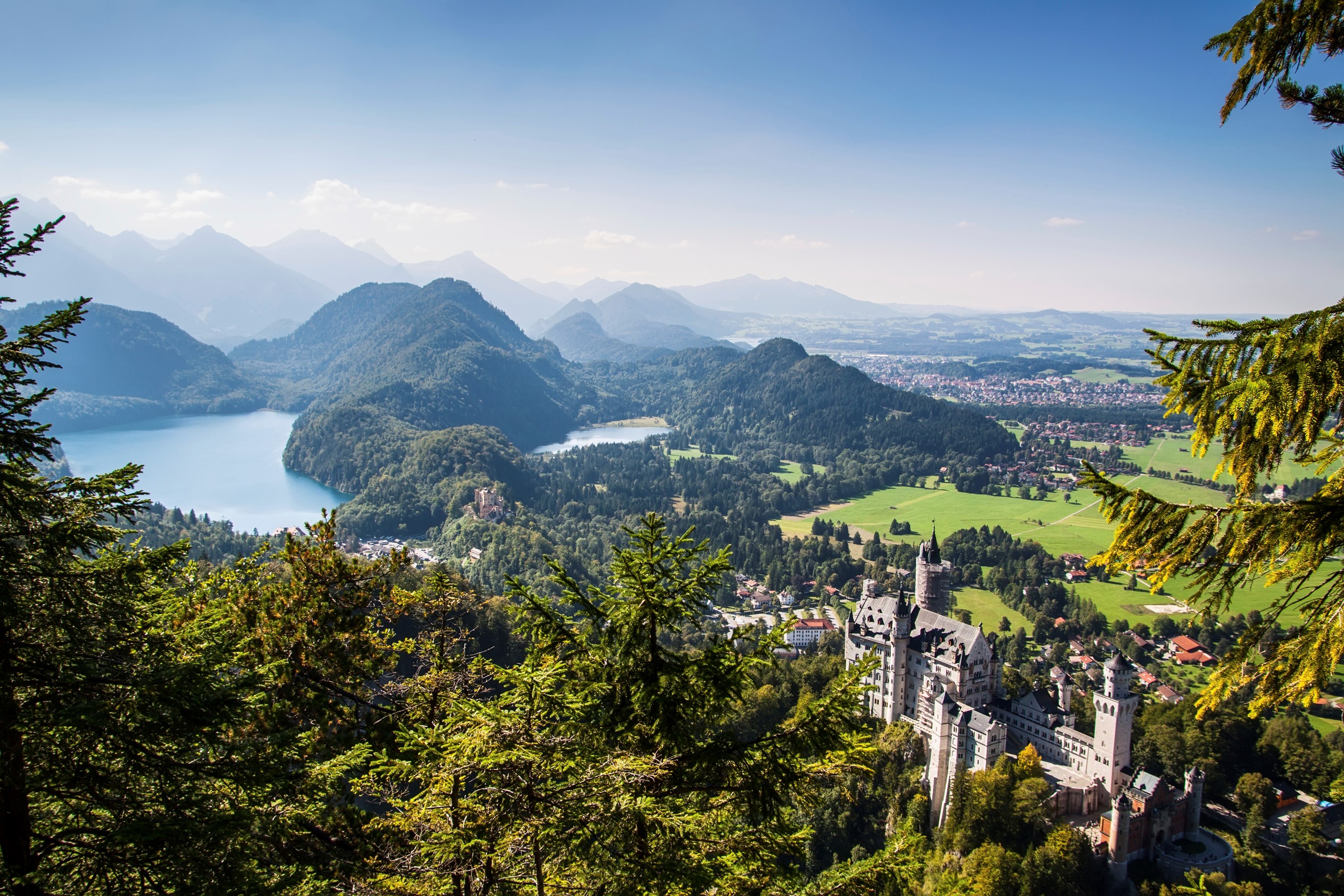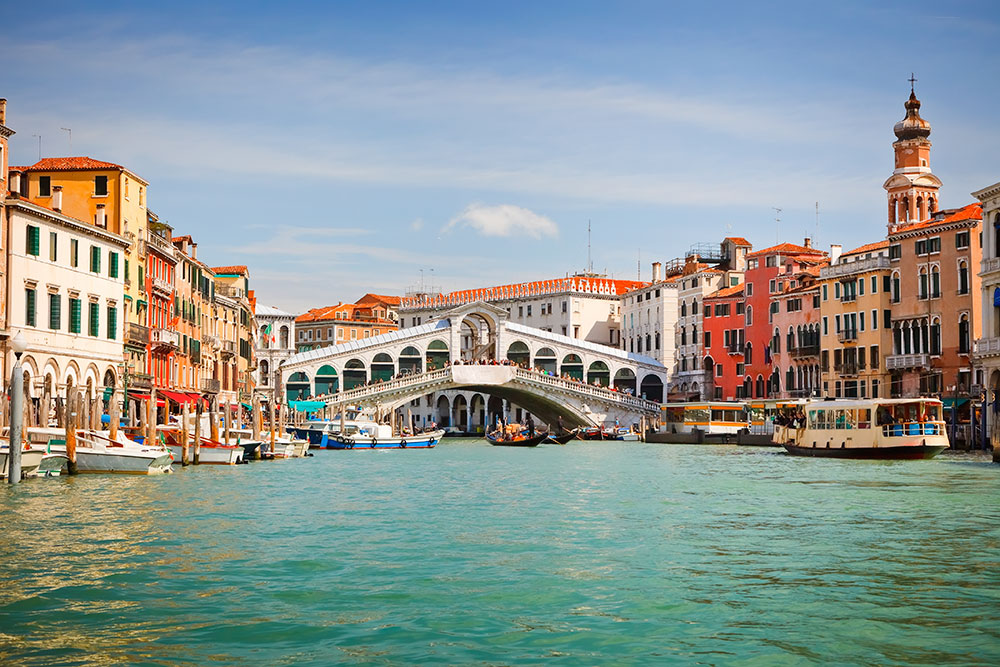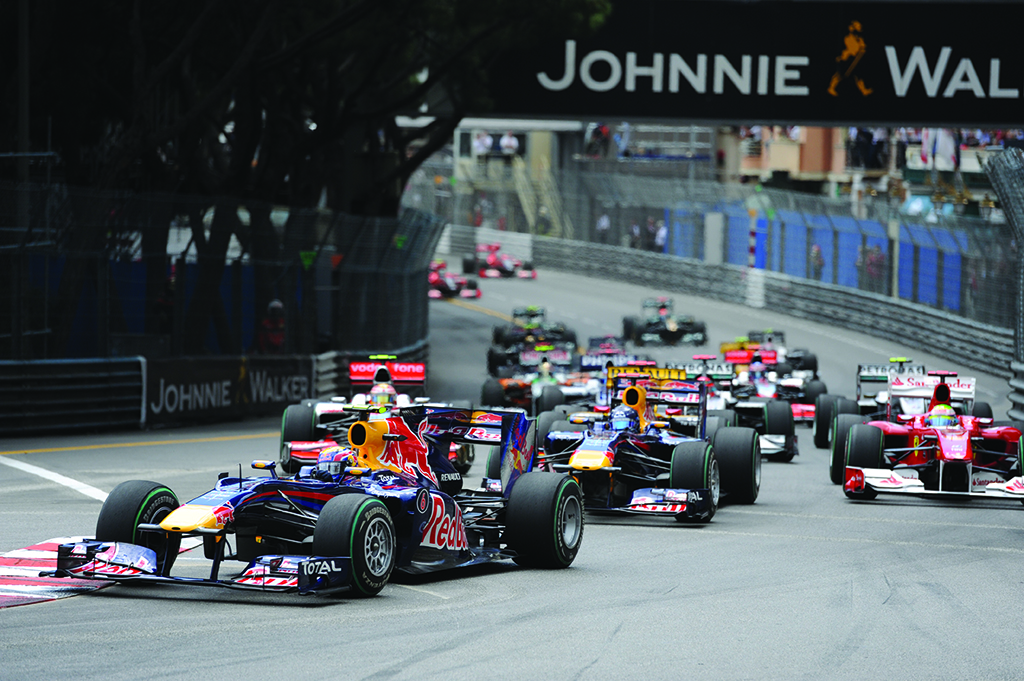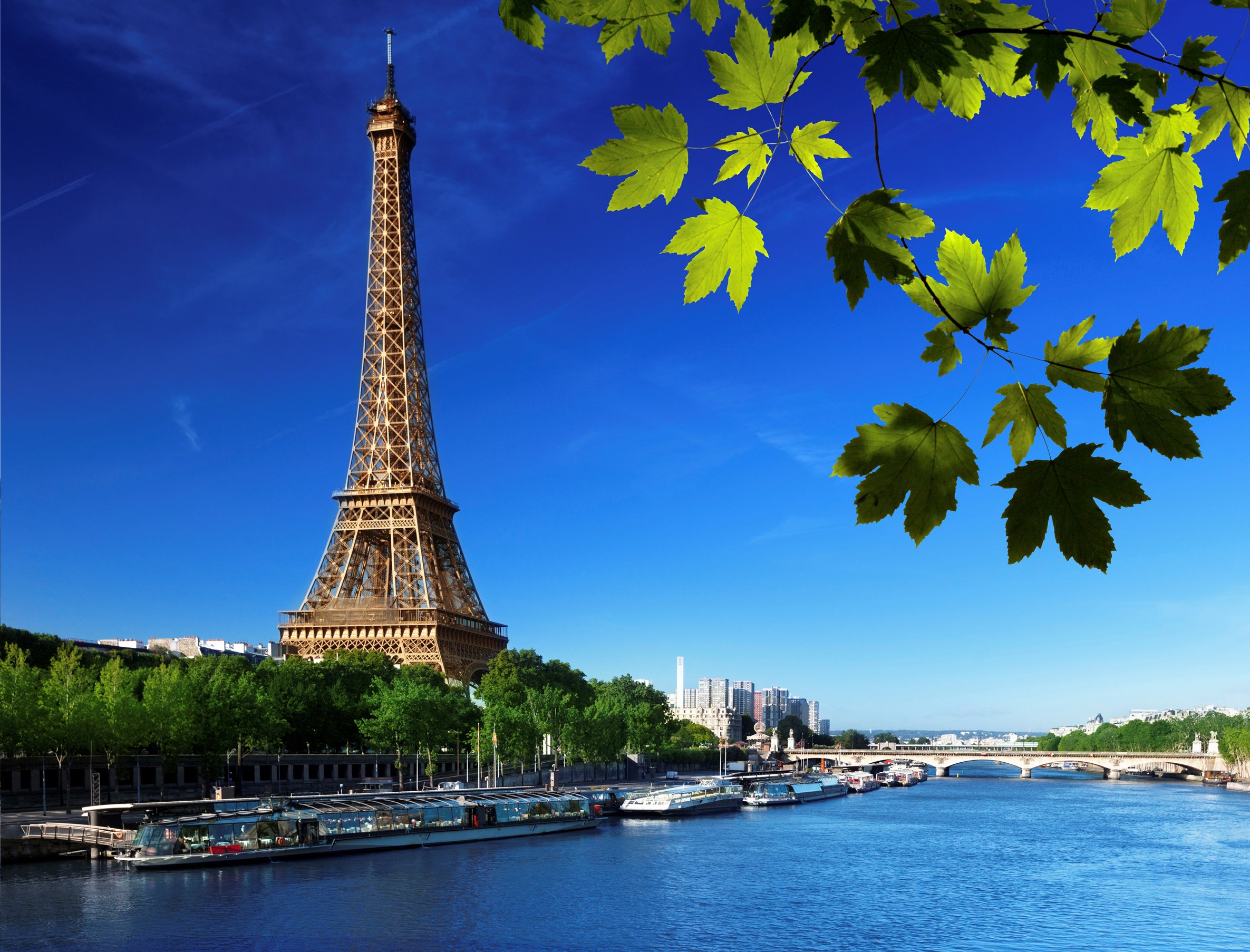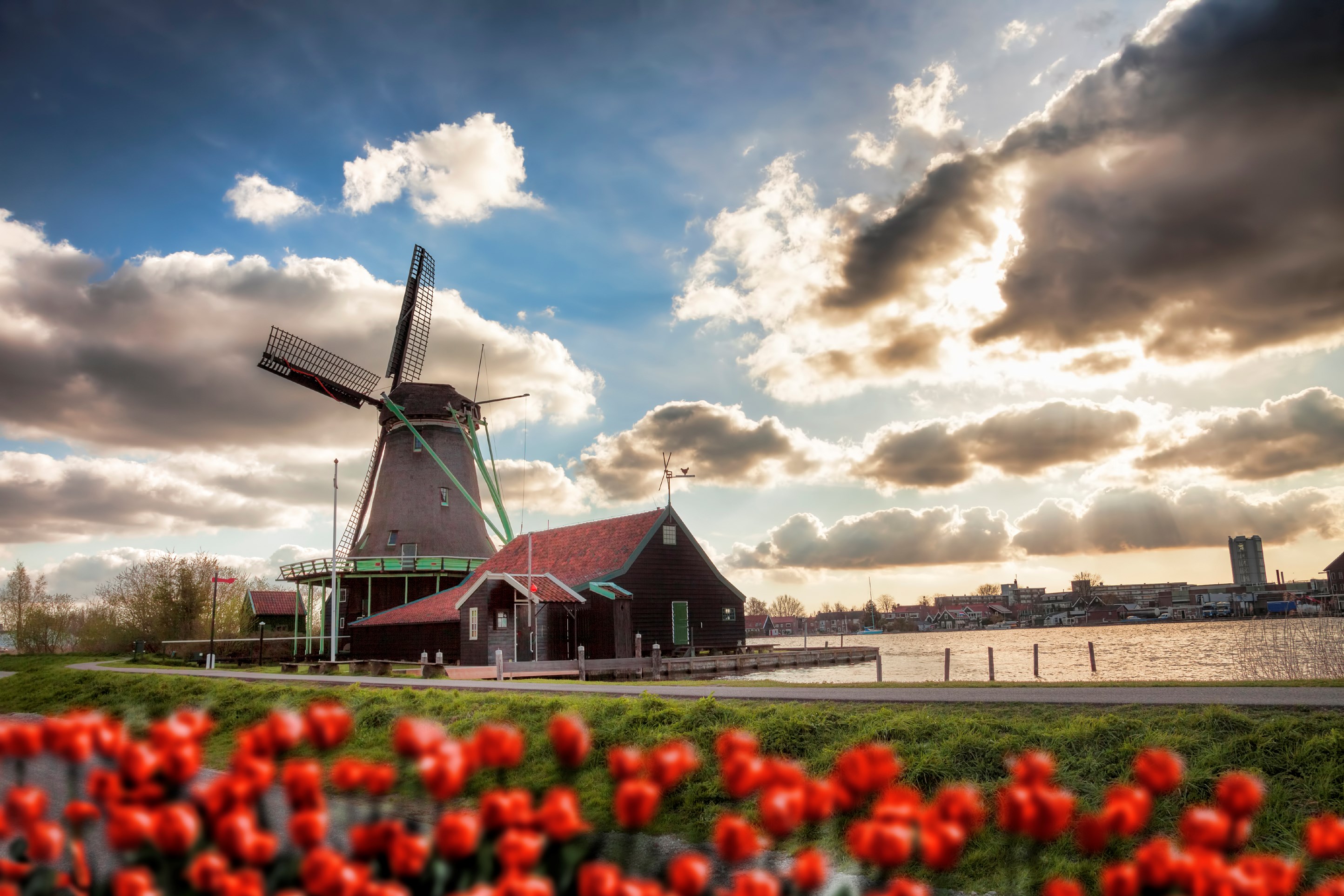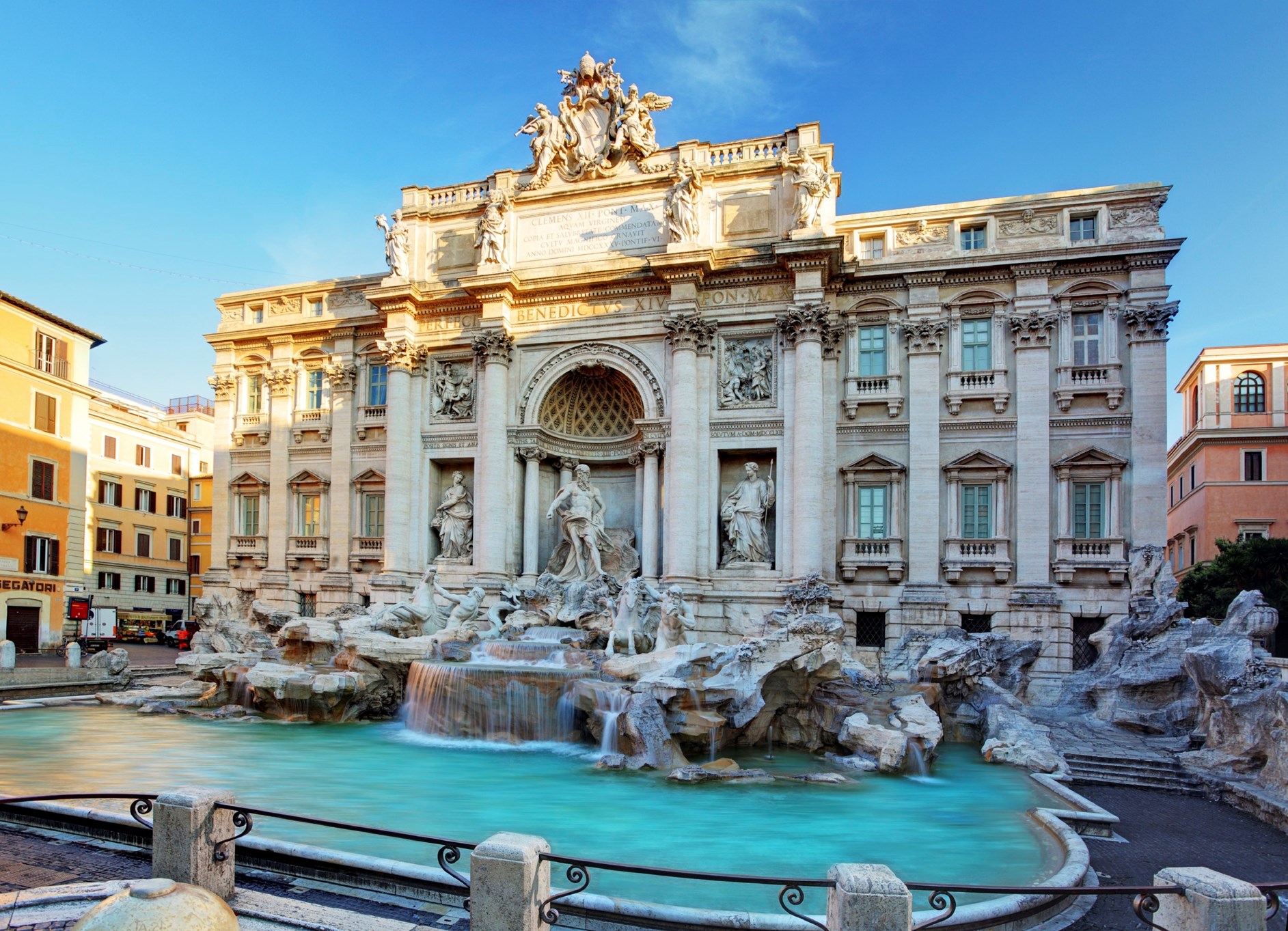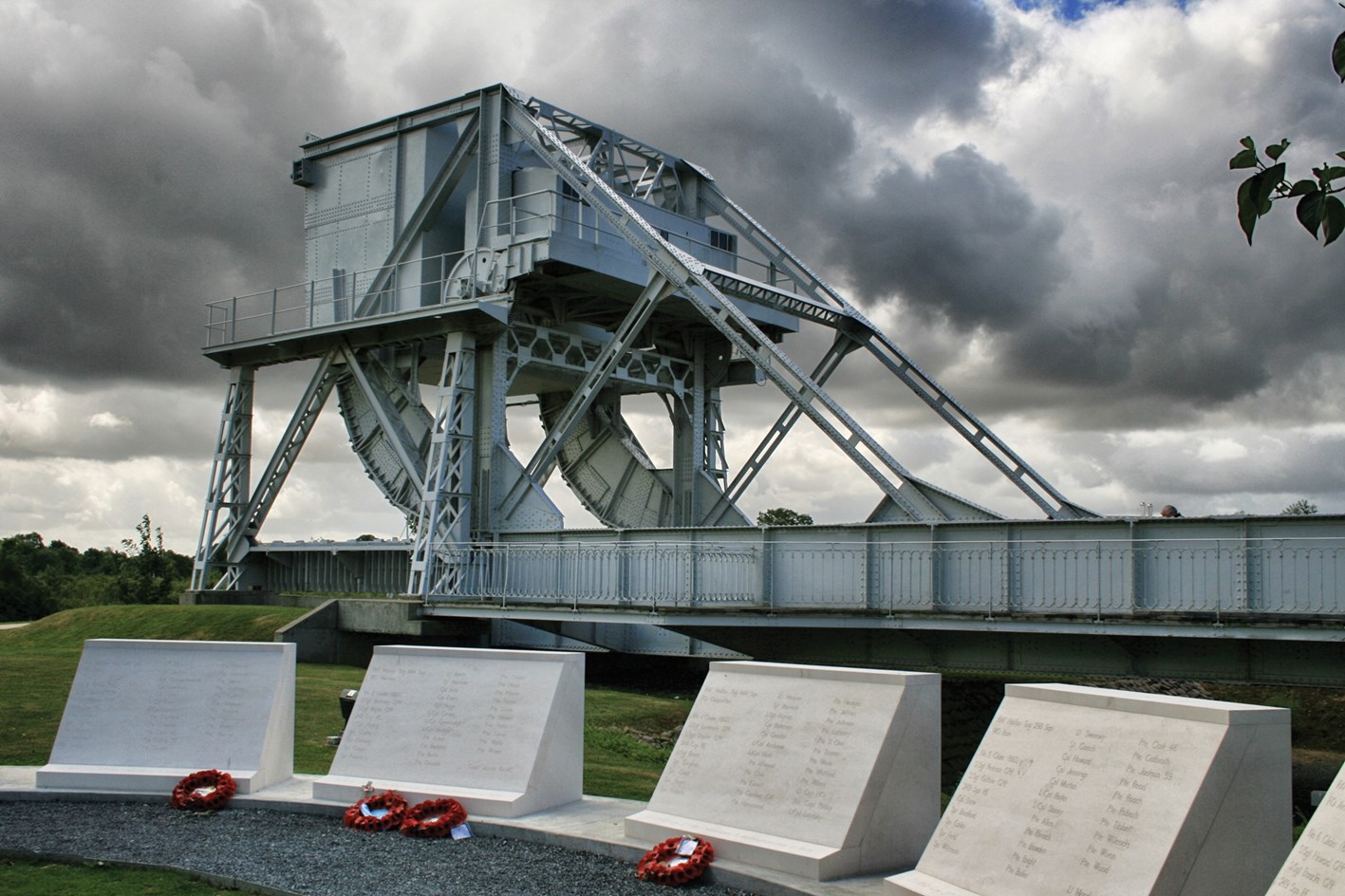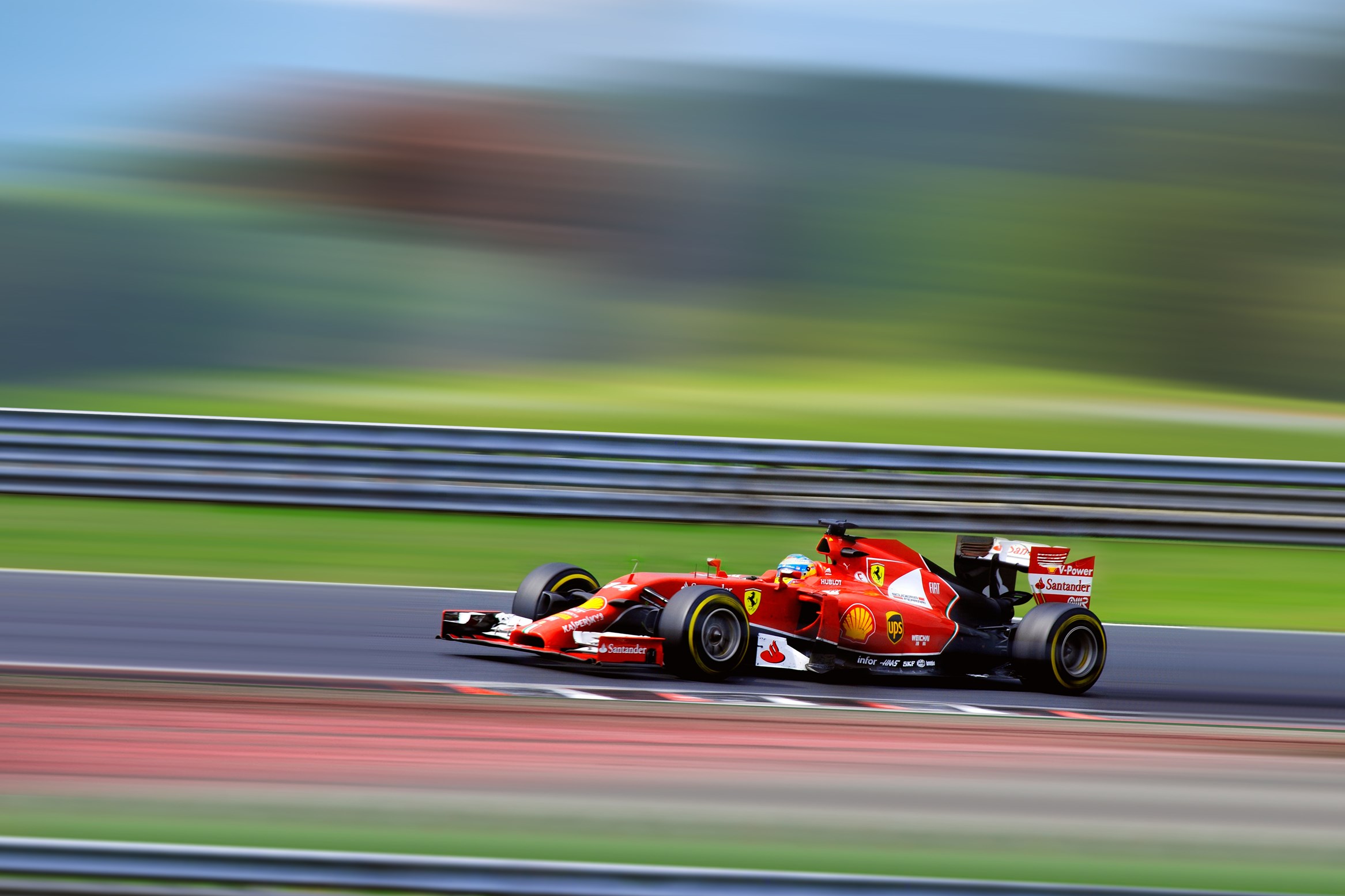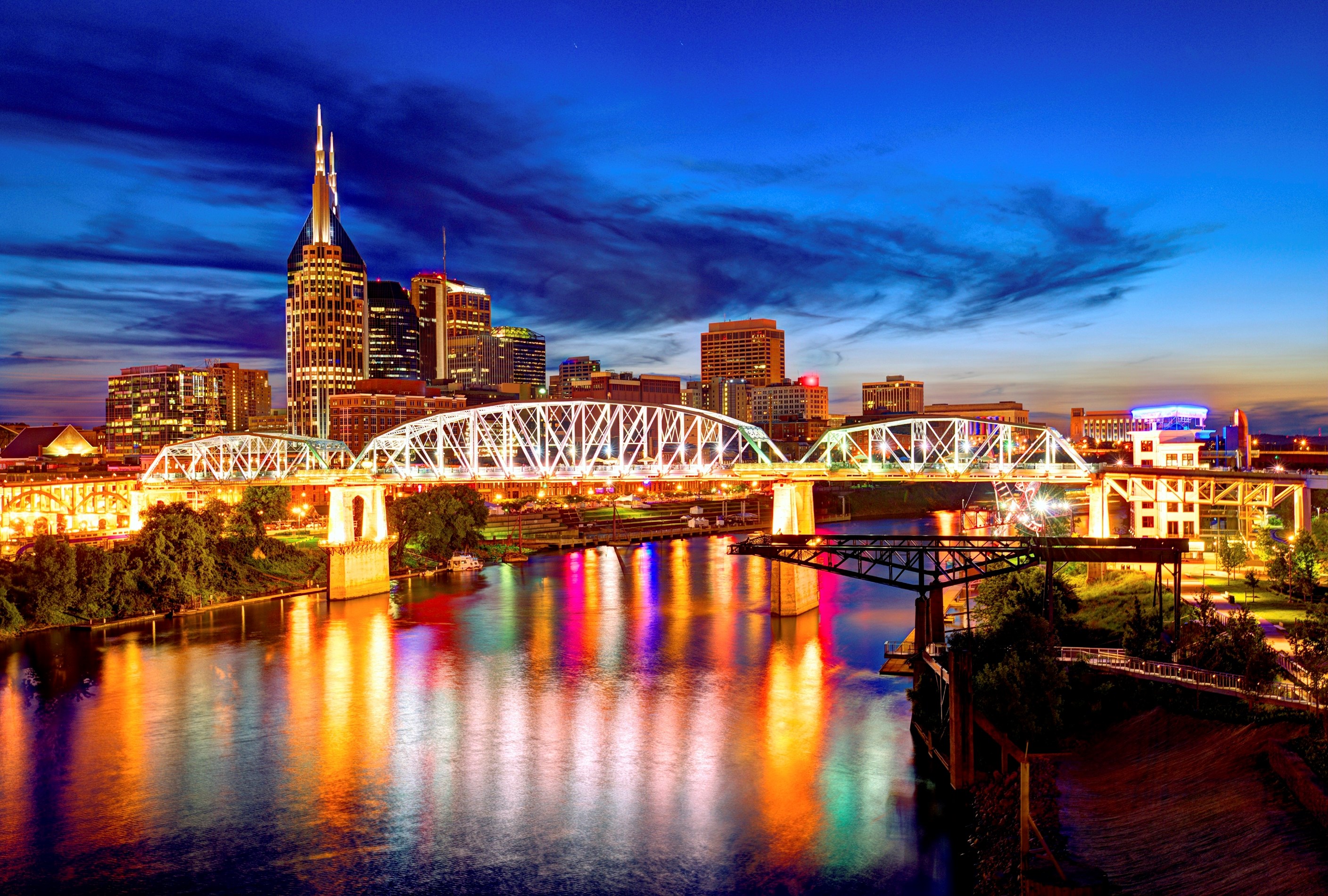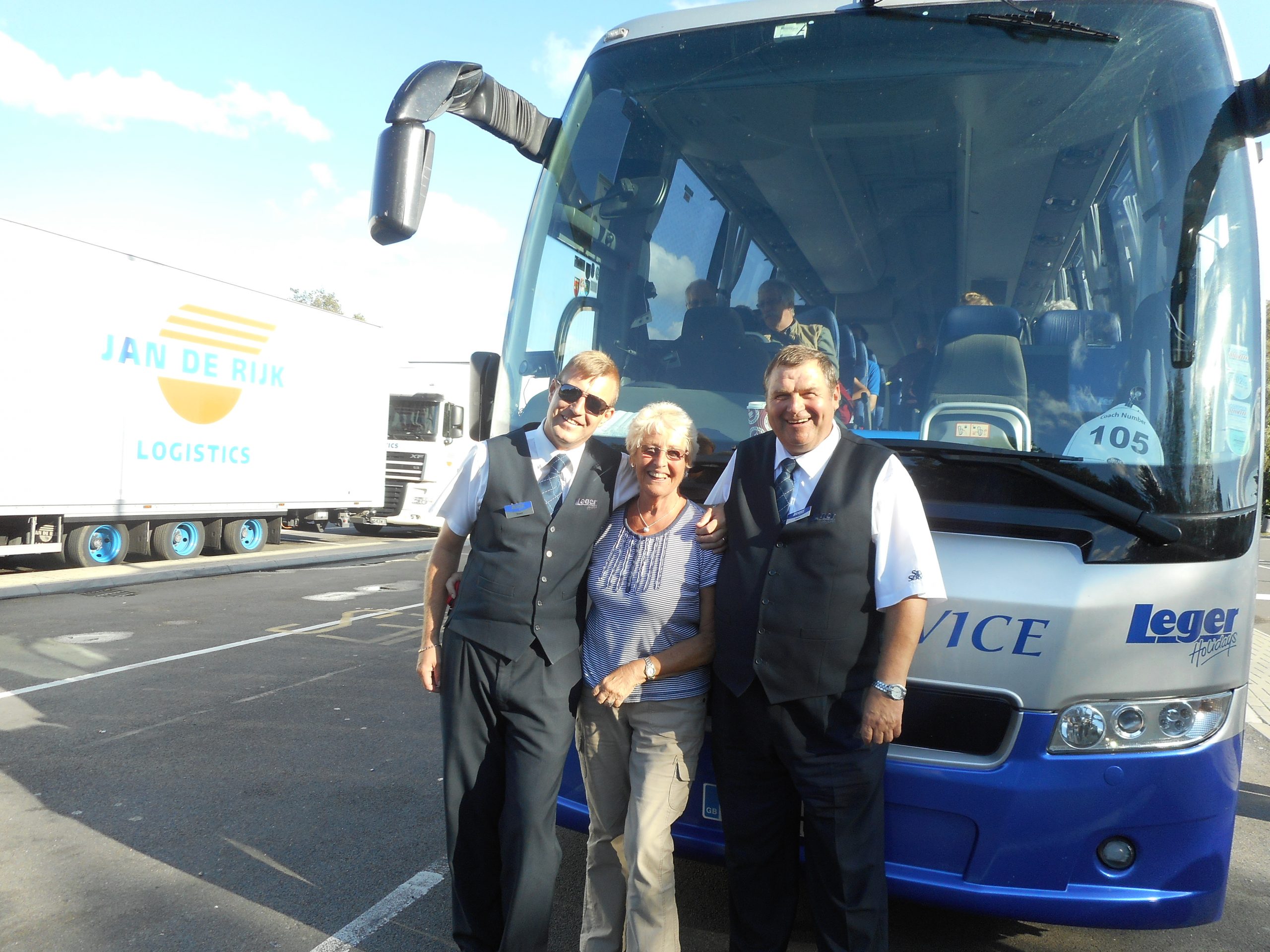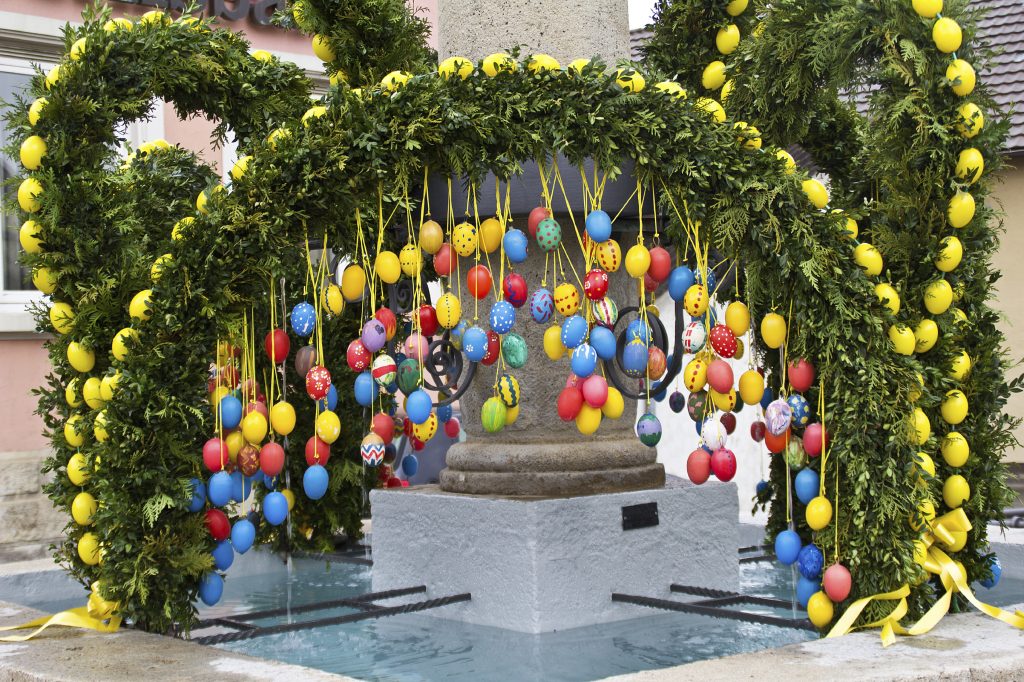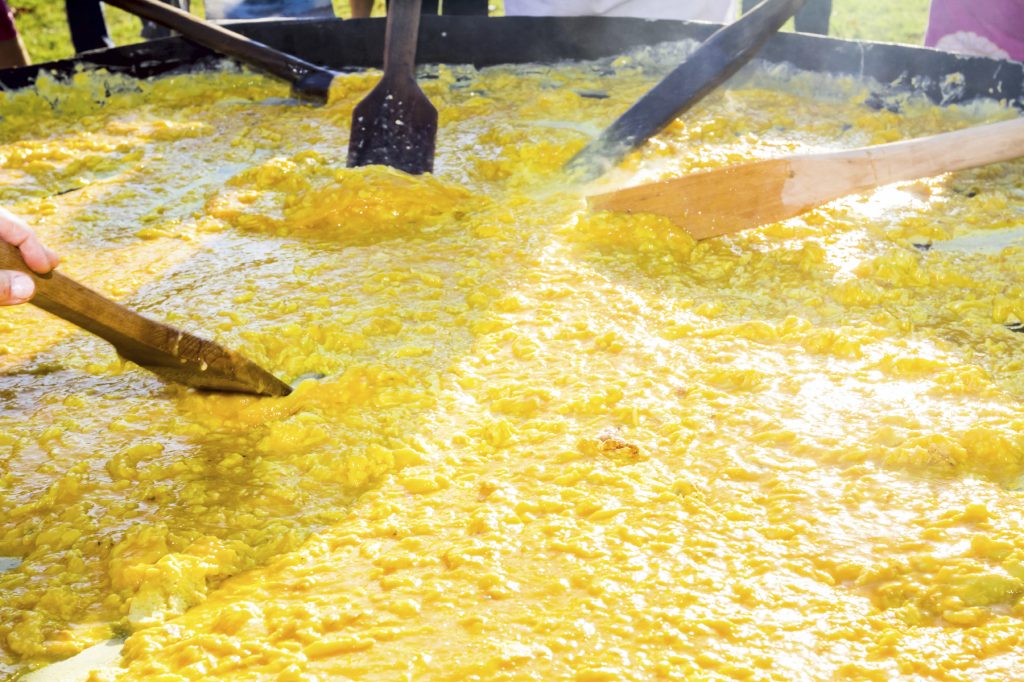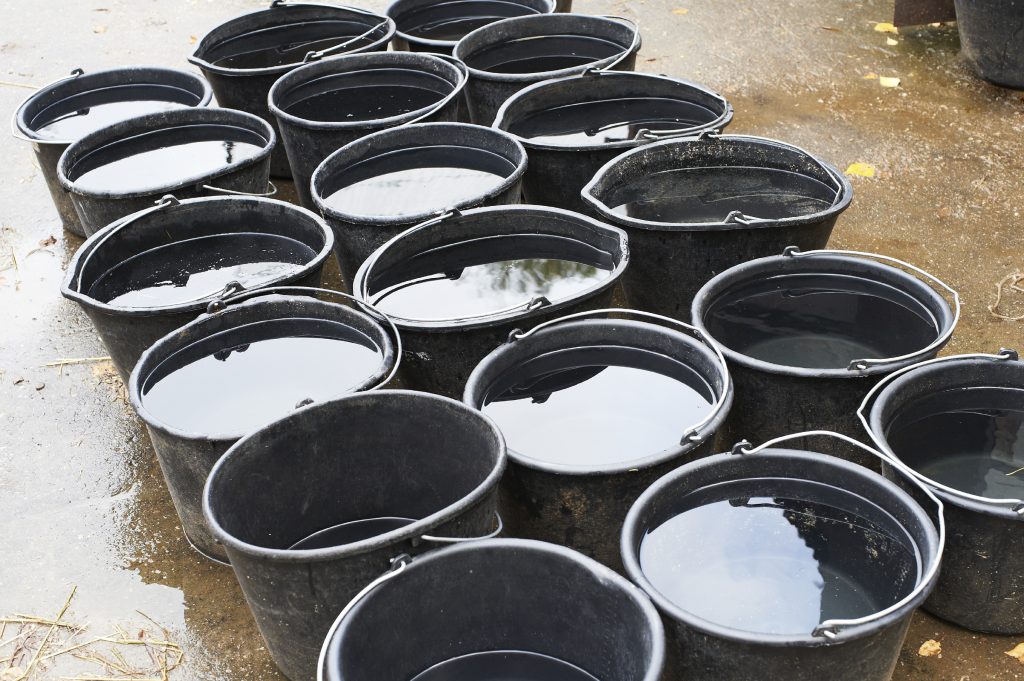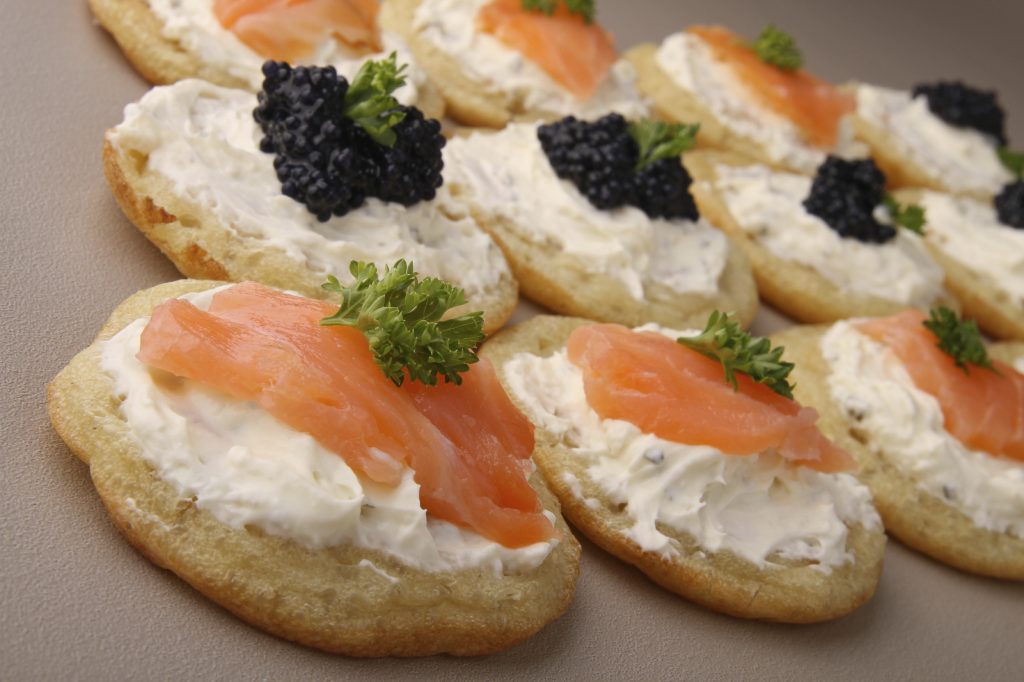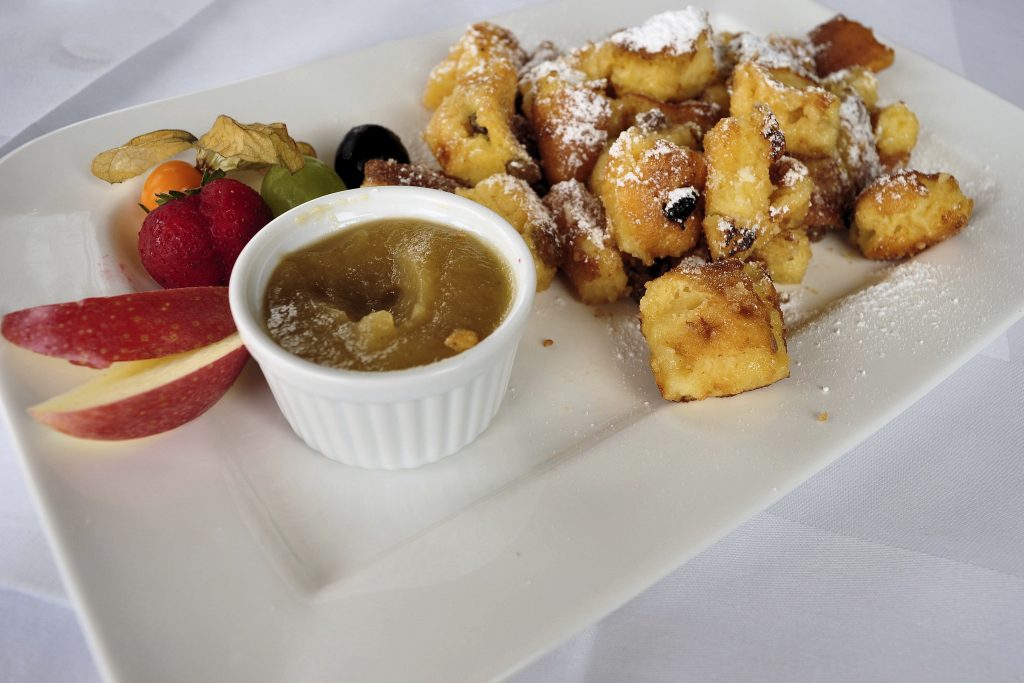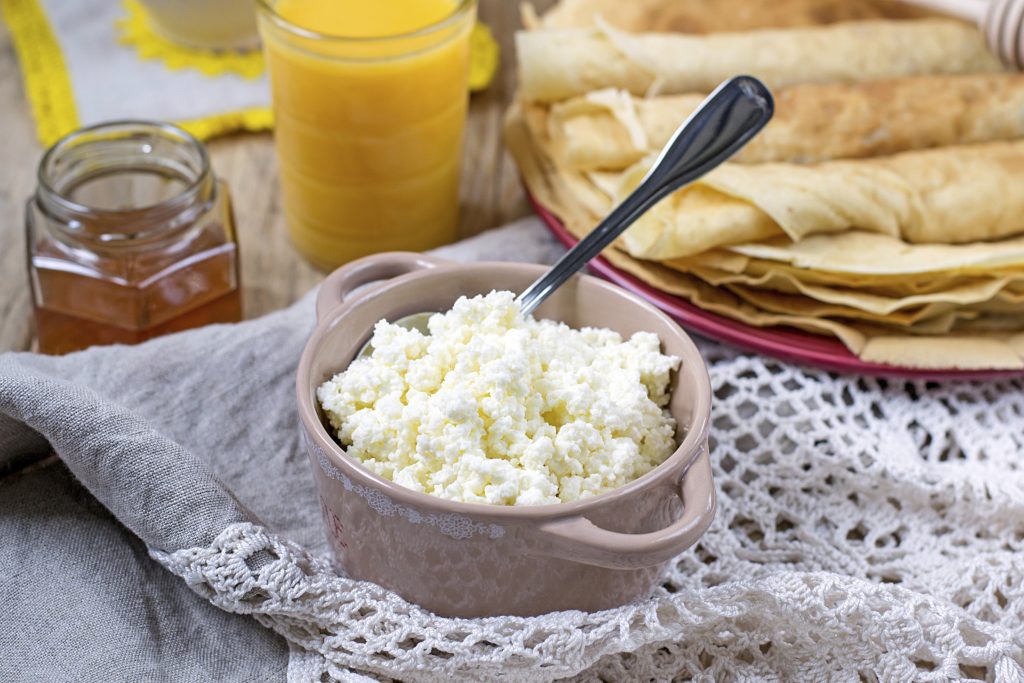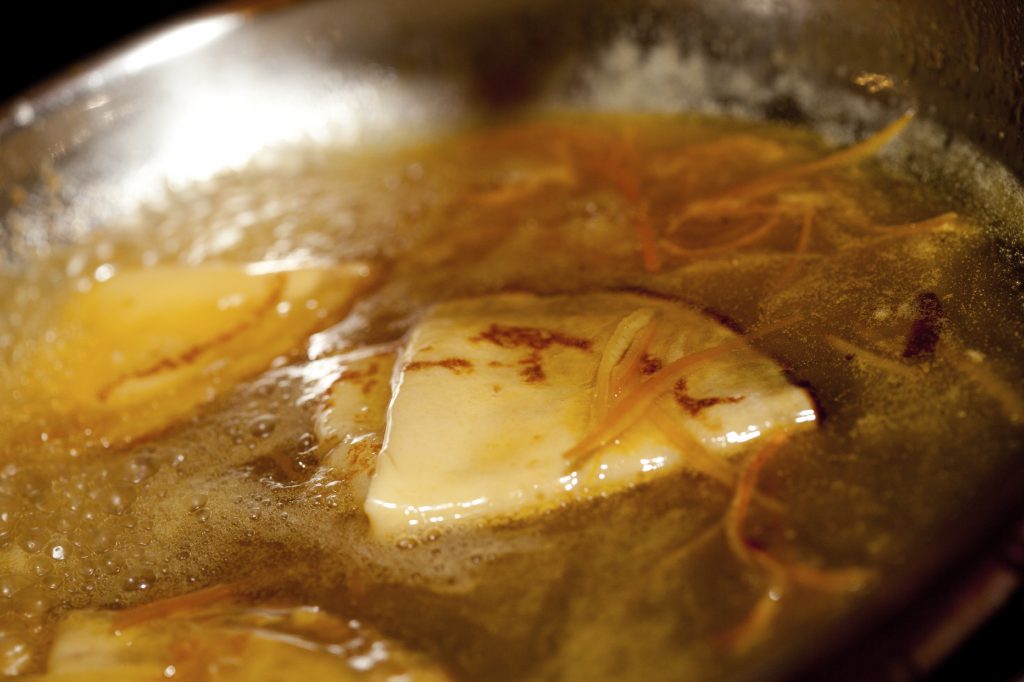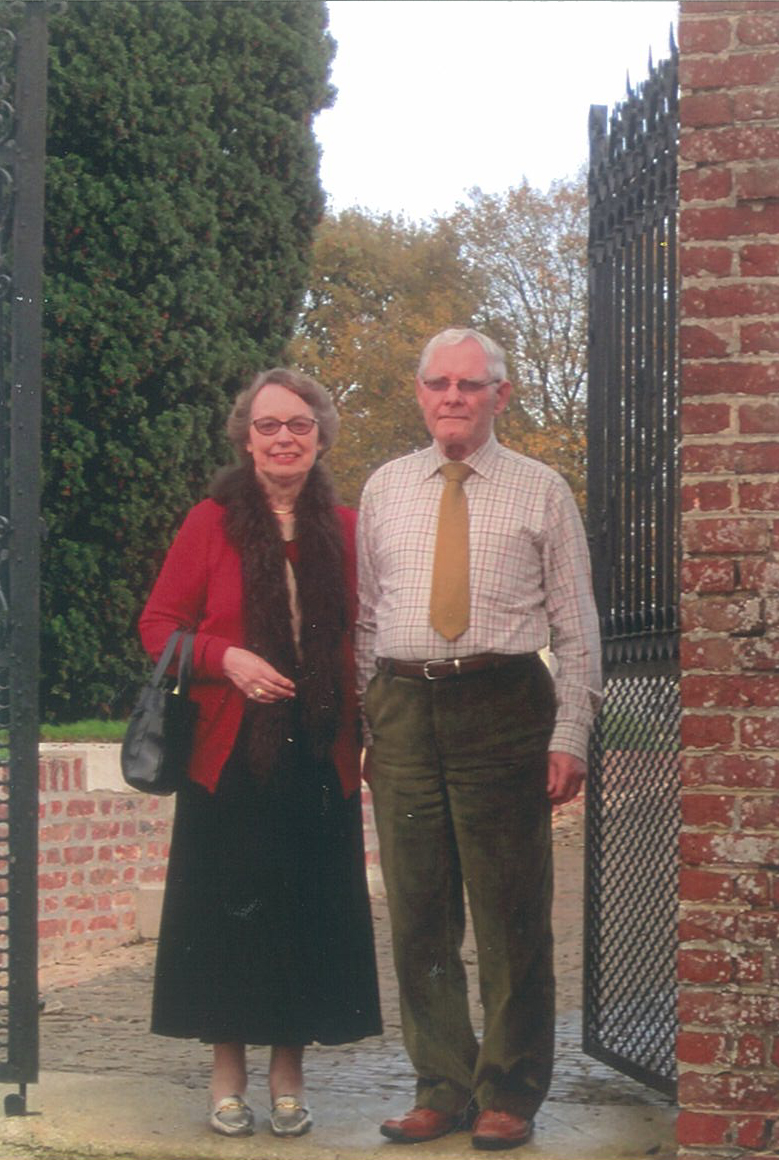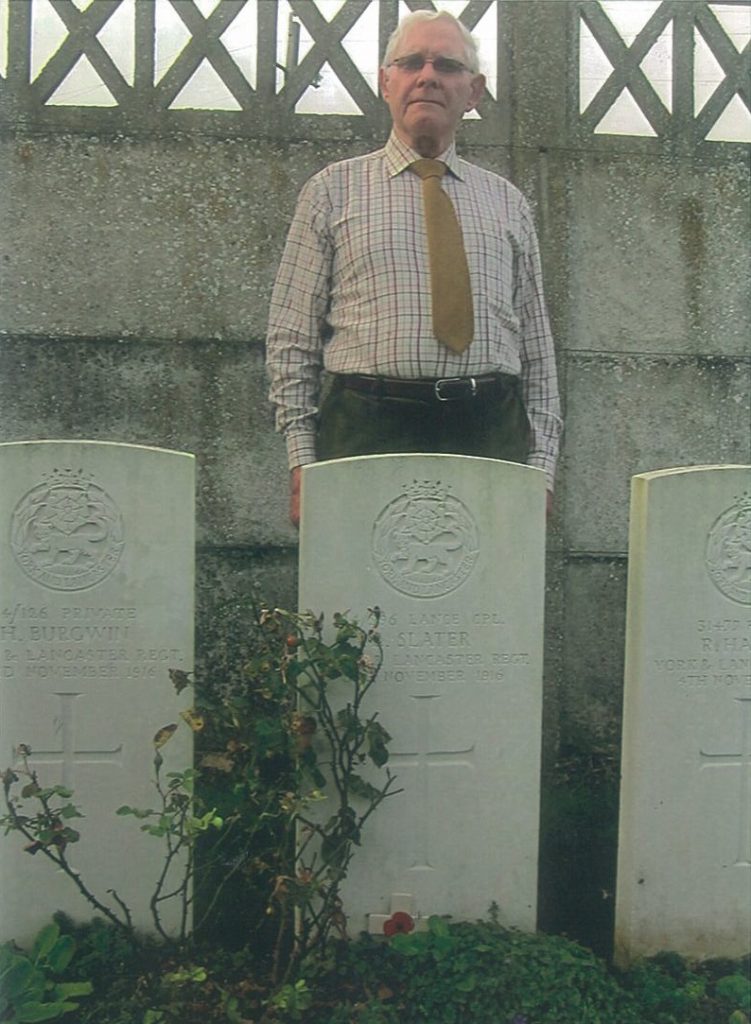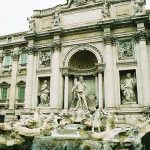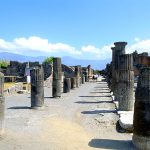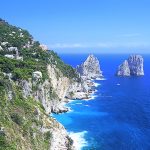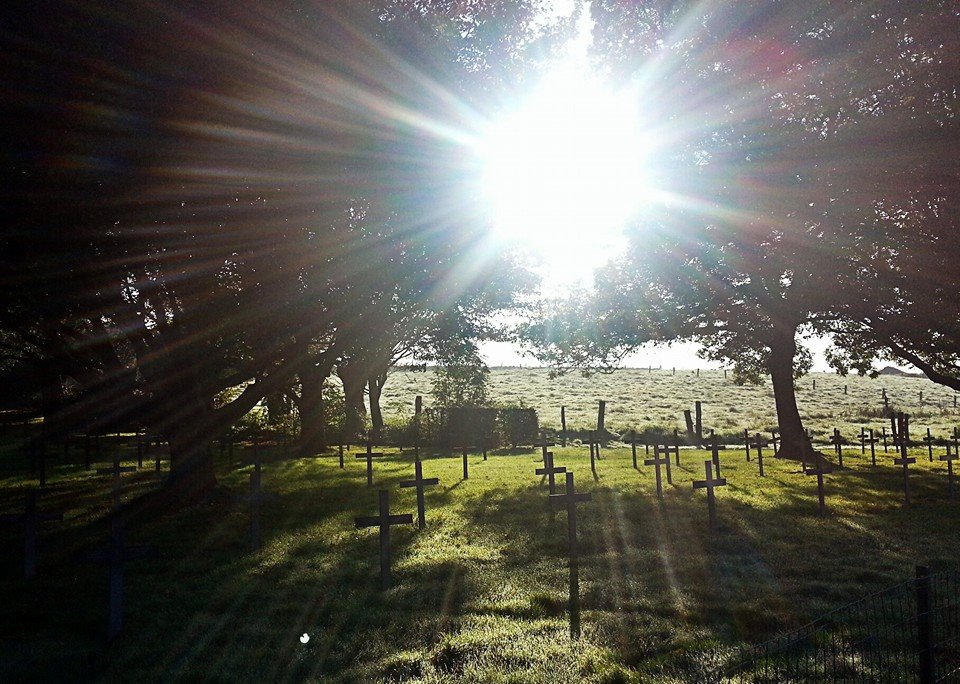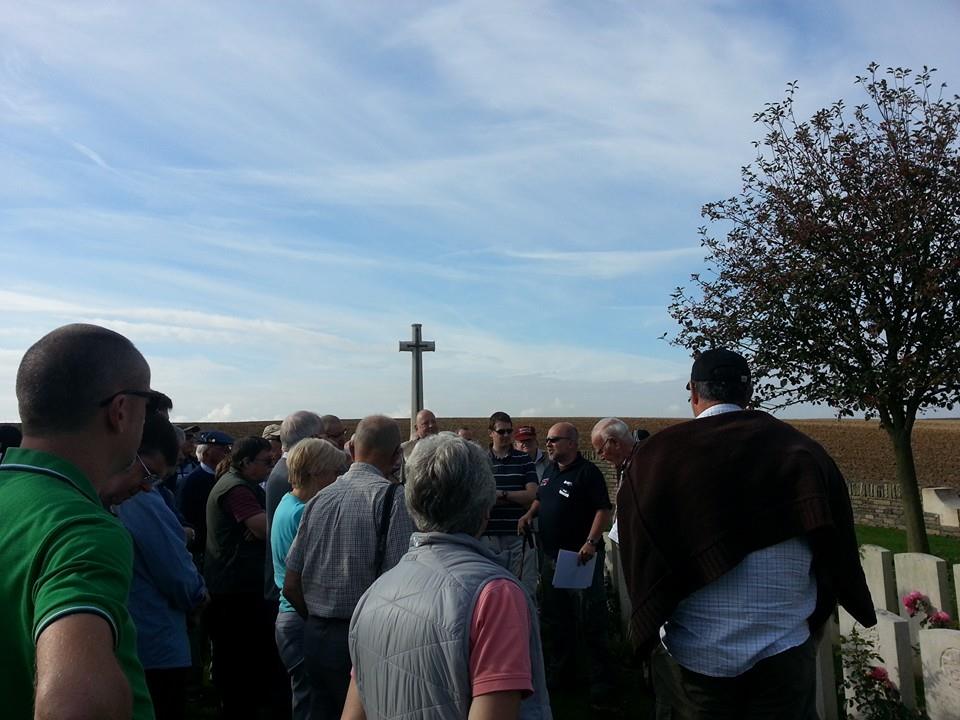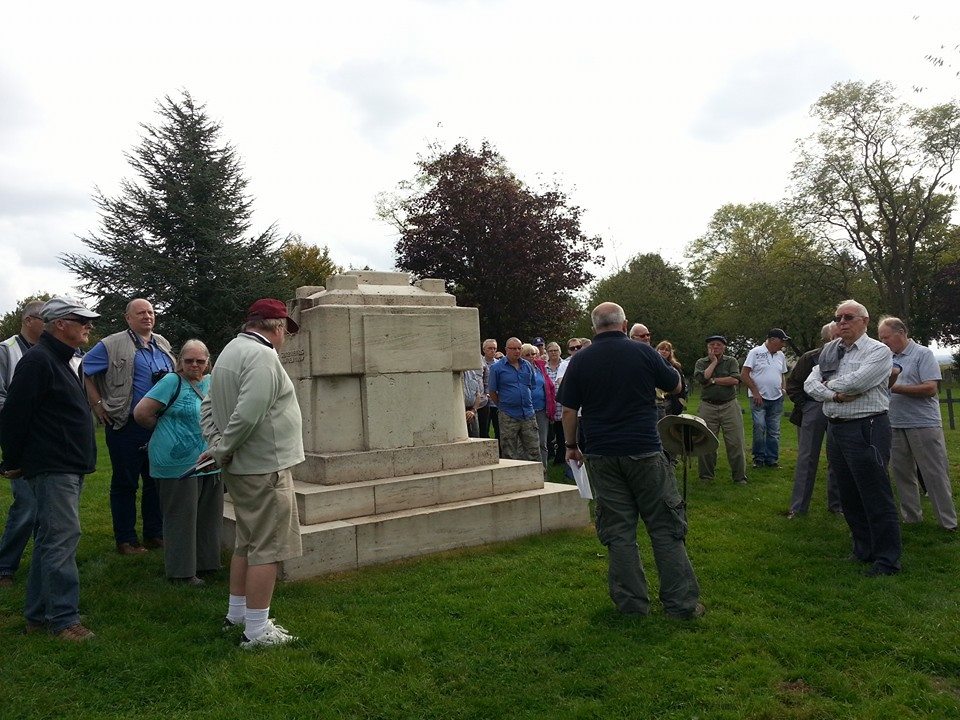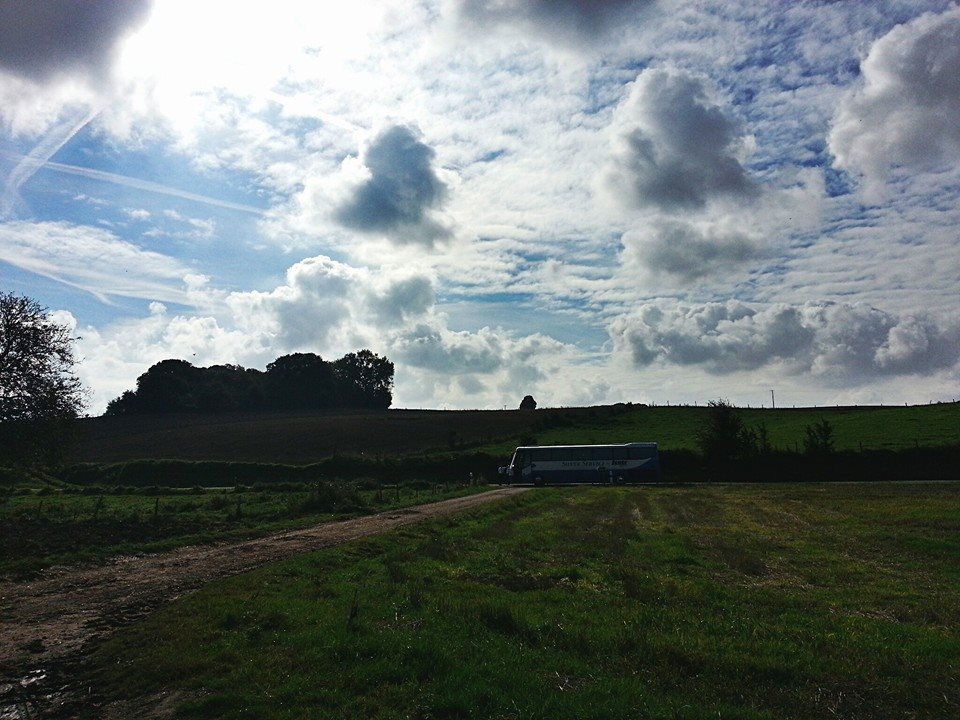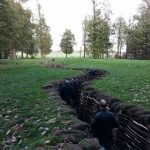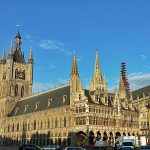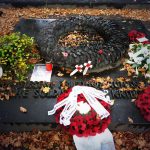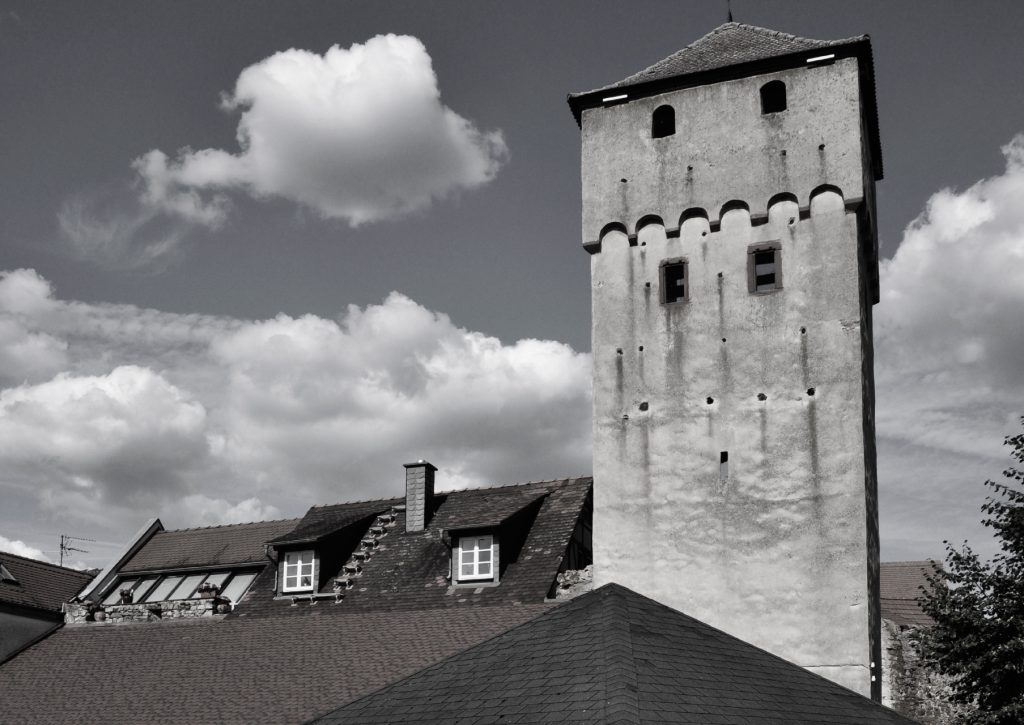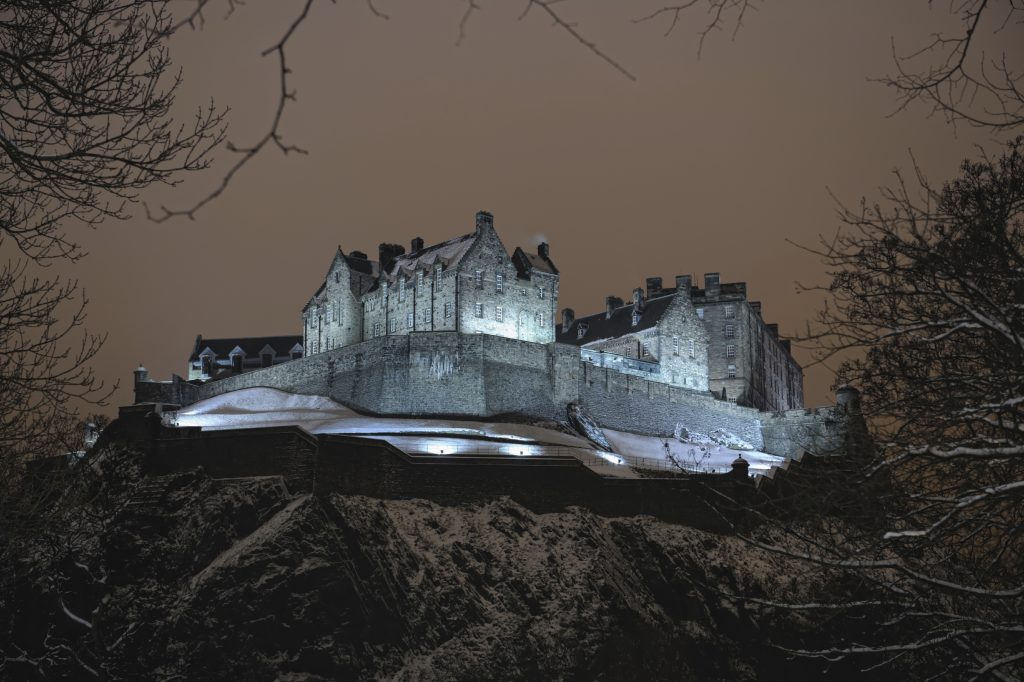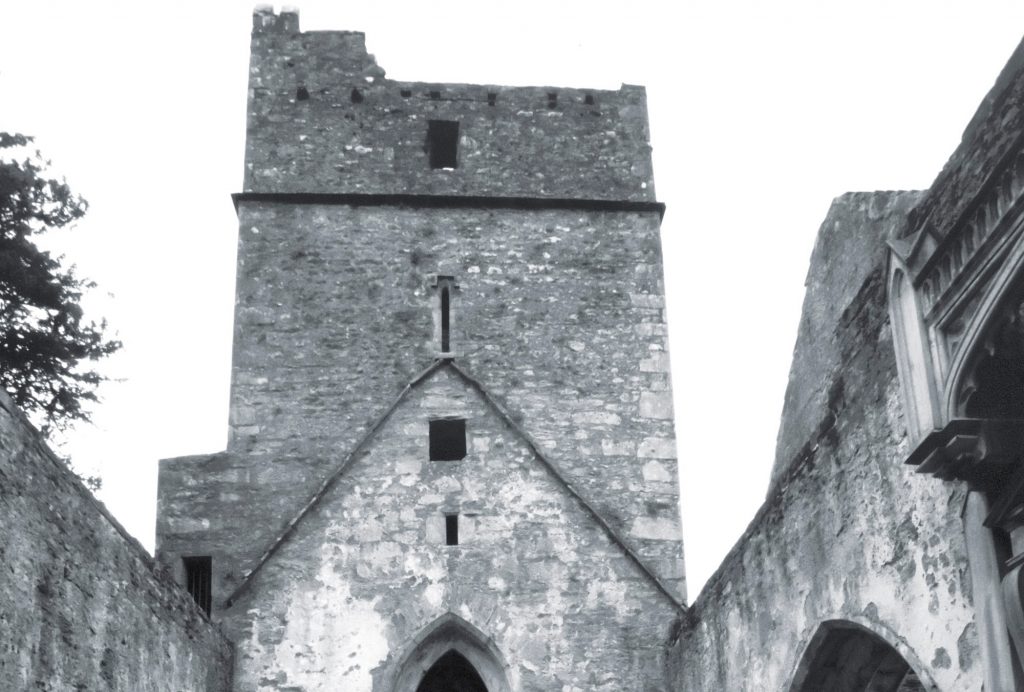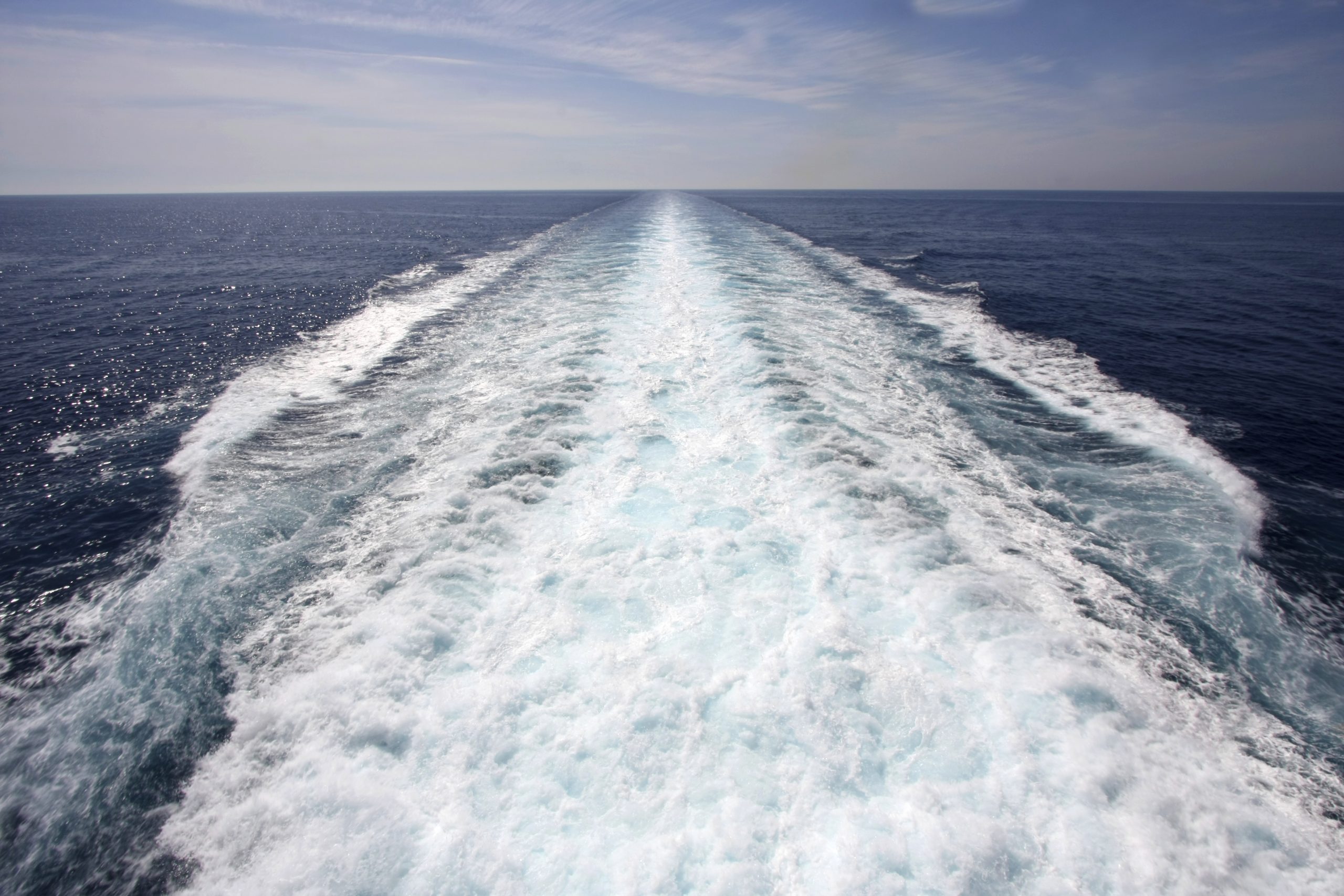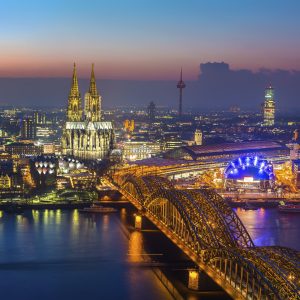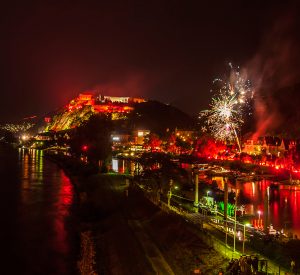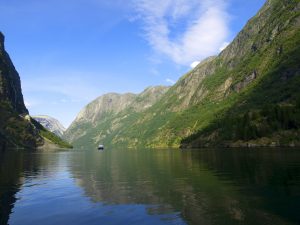They say love is all around us but we just can’t deny that there are some places that just ooze that romantic charm. They have a certain je ne sais quoi, a heart-warming atmosphere and, lucky for us, these places are right on our doorstep.
Yes, it’s the stunning cities of Europe. Maybe it’s the unique architecture, the winding rivers or the mouth-watering cuisine, there’s just something that gets the butterflies of even the most cynical romantic fluttering away.
With Valentine’s just around the corner, you may just be thinking about what Europe’s most romantic cities may be. Wonder no more, you won’t even need your rose tinted glasses to feel this kind of love, here are our top 9 cities perfect for a romantic experience.
9. Verona
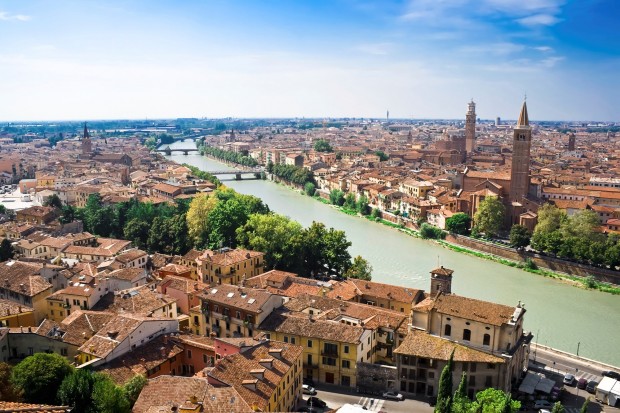
Starting off with the home of the most famous Shakespearian love affair, in at number 9 it has to be Verona. The setting of Romeo and Juliet, it’s certainly a city to play out a true act of affection.
Romeo? where for art thou? Right here. One of the most popular destinations is, of course, Juliet’s Courtyard where tourists will pose for a picture or two upon the balcony.
The city is so famous for love that countless letters addressed to ‘Juliet, Verona, Italy’ are sent every year, there’s even a team of volunteers dedicated to responding to these lovelorn love notes.
8. Budapest
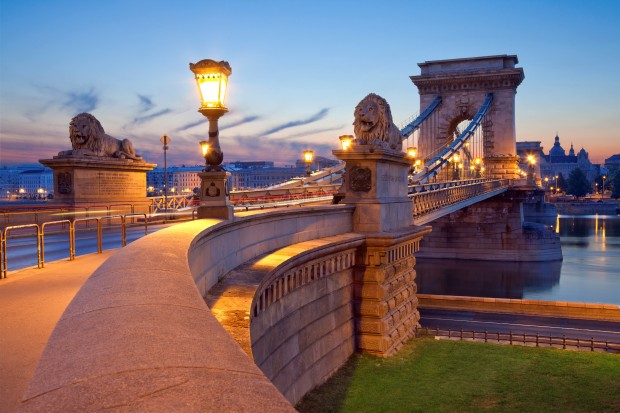
Reaching over both banks the river Danube, Budapest is a sight to behold. Known as the Paris of the East, it really is a city of romantic beauty.
With stunning architecture from the impressive Parliament Building to the stunning Vajdahunyad castle, there’s plenty to see and do to kick start your romantic heart.
Steal a kiss on the chain Bridge or take a loved up selfie as you take in the sights from the castle district. With the allure of the Széchenyi Thermal Bath thrown into the mix, who could say no to Budapest?
7. Prague
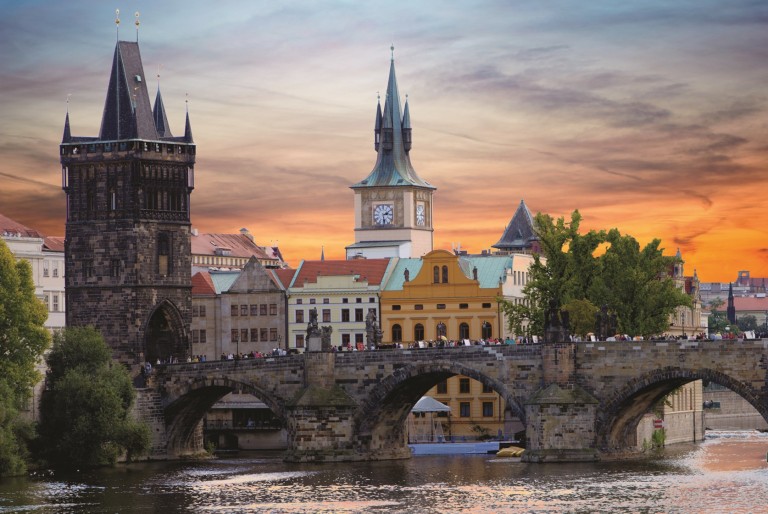
With beautiful coloured buildings, gothic architecture and some amazingly great beer on offer, Prague may be under the radar when it comes to romantic city locations, but it certainly has a lot to offer.
The birthplace of Bohemia, from the love, locks bridge in the Malá Strana district, to the winding paths of Petrin Park, you could easily fall in love with Prague.
If you’re in the city on the 1st May, a kiss by the statue of Karel Hynek Macha is said to guarantee your love will blossom. The tradition is related to the poem ‘May’ written by Mácha which starts, ‘Late evening, on the first of May—
The twilit May—the time of love.’
The tradition is so popular, Czech couples actually have to queue to steal their kiss with their beloved.
6. Florence
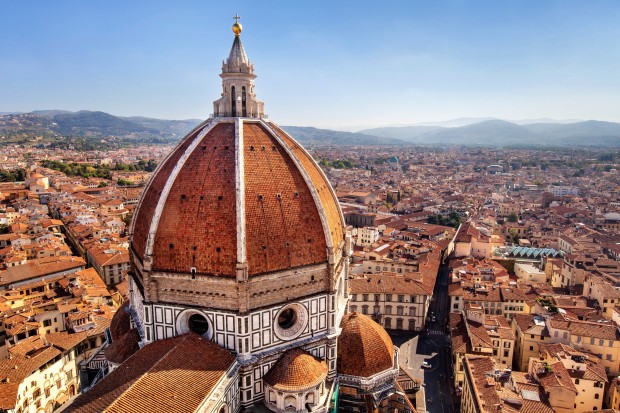
Italy really is home of the romantic heavyweights and appears once again with a firm favourite, fantastic Florence.
Bordering the Tuscan Chianti country, Florence really is packed full of the flavour of love. And, with almost a third of the world’s art treasures residing in Florence, it really can whet the whistle of the cultural couple.
Romantic strolls? It’s got them in abundance, the narrow streets of the city, the stunning Piazzas and, of course, the romantic River Arno.
To top it off, Â the spectacular city views, dominated by the striking Duomo, really do set the scene for the perfect romantic trip.
5. Copenhagen
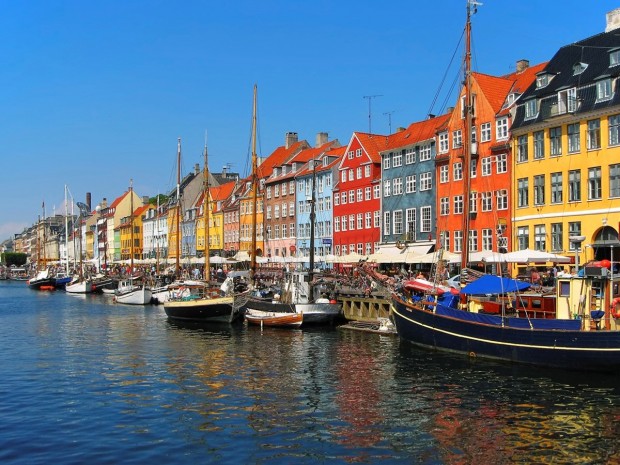
If you’re looking for some fairy-tale romance, Copenhagen has just what you are looking for.
The symbol of the city is the world-renowned little mermaid, created by Danish author, Hans Christian Andersen. Her statue even sits on a rock in the harbour – awaiting her love.
With quaint, cobbled streets, this compact city has the wow factor without being overwhelming. Take a stroll over to the harbour bridge and leave a love lock to seal your romance in stunning Copenhagen.
4. Vienna
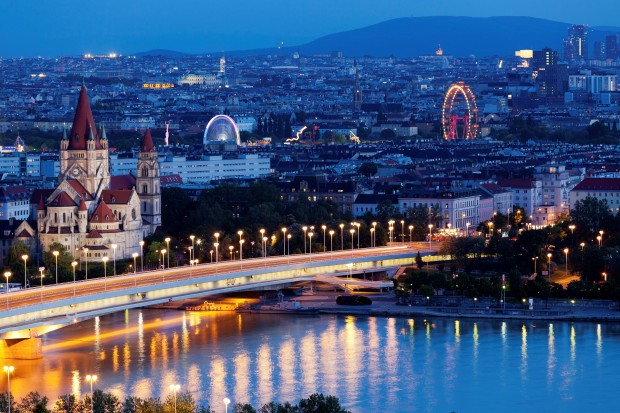
With romantic sight-seeing opportunities and even a huge Ferris wheel to take it all in from above, you’ll certainly feel young at heart in Vienna.
White horses, imperial palaces, beautiful gardens and chandelier-lit coffee houses to enjoy, it’s almost like a scene from a romance feature film.
Take a horse and cart ride through the city and stop off at the beautiful Hofburg Palace, once the centre of the Hapsburg Empire, for a truly Viennese experience.
3. Rome
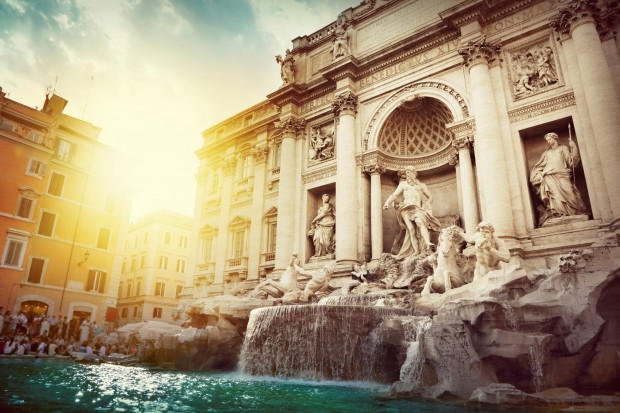
Put the Rome in romance, celebrate eternal love in the eternal city – do we need to go on?
Take a Roman holiday in the stunning city of Rome and feel love of colossal proportions.
Recreate the iconic love scene in ‘La Dolce Vita’ by sharing a kiss by the Trevi fountain, saunter down to the Spanish Steps or canoodle at the Colosseum.
The river Tiber is a hot spot for couples, with love lock bridges and a stunning view over the dome of St. Peter’s Basilica, especially as the sun sets, that’s certainly amore.
2. Venice
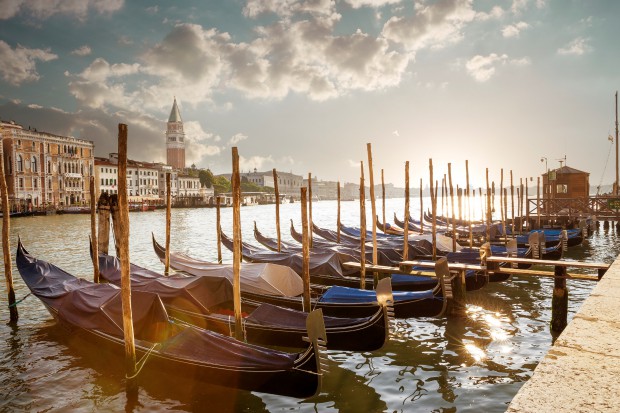
The creme de la creme of Italian romantic escapes, of course, it has to be Venice.
There’s just something about the winding canals with stunning turquoise water, the gondola rides and with plenty of scenic piazza’s to explore, you’re not short of romantic strolls.
Enjoy the iconic view over the lagoon from San Giorgio Maggiore and tie up your trip in a truly romantic style.
1. Paris
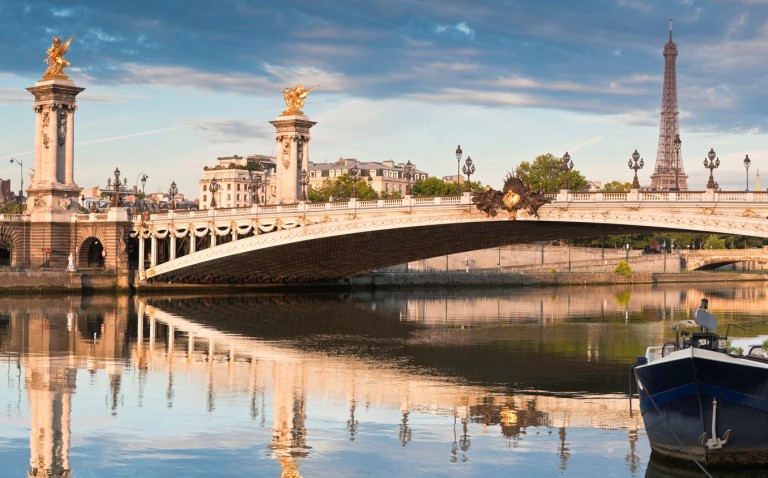
Be still, my beating heart. In the words of Audrey Hepburn, Paris is always a good idea. Yes, it’s cliche, but you can’t deny the French capital the top spot.
Climb the Eiffel tower to take in panoramic views over the whole city, take a sail down the river Seine or take your love to the Louvre.
There’s a reason why this city is given the name ‘City if Love’, and it’s because it’s so easy to fall in love with Paris.
If you’re struggling to find the perfect Valentines gift this year, check out our gift guide, here.



